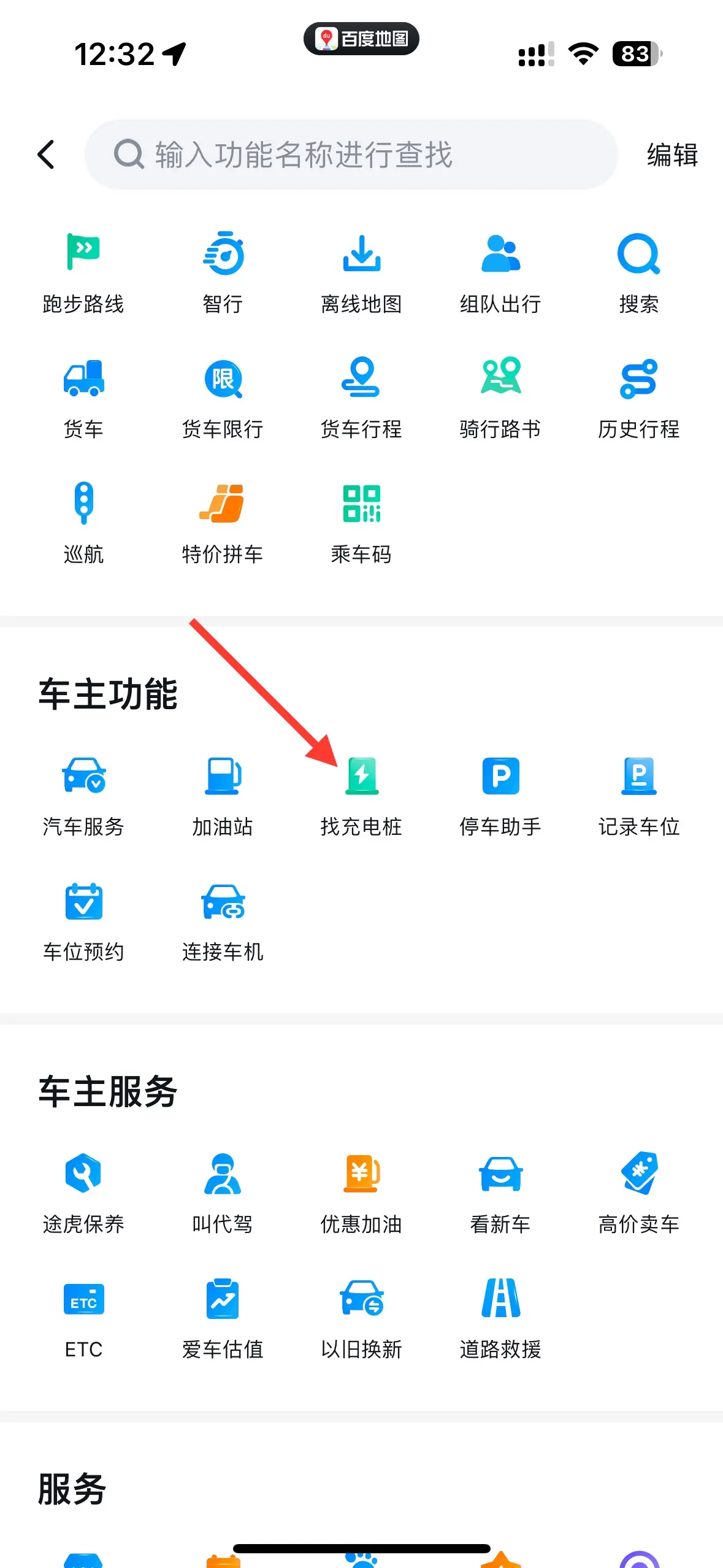Introduction #
Charging an electric vehicle (EV) in China can be quite different from other countries, especially if you’re new to the EV ecosystem or are traveling from abroad. With one of the world’s largest and fastest-growing EV markets, China offers a wide range of charging options, from public fast chargers to home charging solutions. Understanding the local charging infrastructure, types of connectors, and how to efficiently find and use charging stations is key to a smooth driving experience. This guide will help you navigate the EV charging landscape in China, from understanding different charging types to locating stations and handling payments.
Types of EV Charging Sockets #
In China, two primary types of chargers are available for electric vehicles: slow chargers (AC) and fast chargers (DC).
- Alternating Current (AC) Charging AC chargers can provide up to 7.4 kW of power. However, due to energy loss during the conversion from AC to DC within your vehicle, you can expect around 90% of that power to reach your battery.
- Direct Current (DC) Charging DC chargers can deliver up to 237.5 kW, but not all charging stations support this maximum output. DC charging is typically much faster, making it suitable for quick stops during long journeys.
| EV Connector Type | GB/T (AC) | GB/T (DC) |
|---|---|---|
| Output Current Type | AC (Alternate Current) | DC Direct Current |
| Supply Input | 250 Volts (three-phase) | 440 Volts |
| Maximum Output Current | 32 Amps | 250 Amps |
| Maximum Output Power | 7.4 kW | 237.5 kW |
| EV Charging Level(s) | Level 2 | Level 3 (DC fast charging) |
Slow Charge (AC) #
Slow chargers use a 7-pin connector with a relatively thin cable. These chargers are suitable for overnight charging or when the vehicle is parked for an extended period.

Fast Charge (DC) #
Fast chargers use a 9-pin connector with a thicker, actively cooled cable to handle higher power levels safely. These chargers are ideal for quick top-ups during travel.

EV Charging Loss #
It’s important to note that there is always a degree of energy loss during the charging process, typically ranging from 10% to 25%, as reported by go-e.com . Several factors can affect this loss, including:
Depending on factors like:
- The efficiency of the on-board charger
- Quality and condition of the charging cable
- The charging power level being used
- The condition and temperature of the EV battery
This means that not all the electricity drawn from the grid will be stored in your vehicle’s battery. Understanding these factors can help you plan charging times and locations more effectively.
How to Find EV Chargers #
Locating EV chargers in China is relatively easy with the help of various apps.
Generally, there are two types of apps to assist in finding charging stations:
- Map-based Apps: Apps that provide general mapping and navigation services, such as Baidu Maps (Baidu Ditu, 百度地图) and Amap (Gaode, 高德).
- Charging Network Apps: Apps specifically focused on EV charging networks.
Map-based Apps #
There are several maps apps that allow you to search for chargers. The two big ones being Baidu Ditu 百度地图 and Gaode 高德.
Not every charger will appear on these maps. Please download the other mentioned APPs to have full access to your surrounding chargers.
How to Use Baidu Ditu (百度地图) to Find Chargers #
Open the app and tap on “More” (更多)

Search for “Electric Chargers” (找充电桩)

Filter by charging type: Fast (快充) or Slow (慢充)

Locate the nearest charger that suits your needs.

Check details such as available slots, prices, and maximum charging power
For example, a station might have:
- 4 fast chargers (up to 61 kW)
- 4 slow chargers (up to 7 kW)

Recommended Apps #
In addition to map-based apps, several apps are dedicated to finding and using charging stations:
- e 充电 (e-Charging, China State Grid): A popular app for locating public chargers, especially those operated by the state. This app requires a Chinese App Store account.
- StarCharge / 星星充电:
- TELD / 特来电: Another major charging network app in China, known for its wide coverage.
- 小桔充电:
- Tesla: Well known charger network though more expensive compared to the other providers. Superchargers are usually >= 2 RMB/kWh
Other ways to find chargers #
You can also find chargers in various other locations, such as:
- Hotels: Many hotels offer charging facilities for guests.
- Parking Garages: Urban parking facilities often have charging stations.
- Highways: Rest areas along highways usually have multiple fast chargers, with some locations offering more than 20 fast charging points.
- Private Properties: Some private homeowners may offer slow chargers near their premises, especially in suburban or rural areas.
How to Charge and Pay #
You might wonder how the payment process works at charging stations in China. The method largely depends on the charger and the operator:
- QR Code Payments: Most chargers have a QR code for payments through Alipay or WeChat Pay. Often, you’ll need to deposit a certain amount into a pre-paid account that is then used for charging.
- Mini-Apps and Pay-Later Options: Some chargers support pay-later options via mini-apps within Alipay or WeChat, which may require a good credit score in those payment systems.
- App-Based Payments: Charging network apps like e 充电 and TELD require their respective apps to initiate and complete payments, which are also processed through Alipay or WeChat Pay.

QR codes on a TELD EV charger in China. Scan these codes with WeChat or Alipay to initiate the charging process and make payments directly from your mobile phone.
Dynamic Charge Price #
Price Variations by Time #
Charging prices can fluctuate based on several factors, with the time of day being the most significant. The typical price breakdown is as follows:
| Time of Day | Price Level |
|---|---|
| Morning | $$$ Expensive |
| Afternoon | $$ Cheaper |
| Evening | $$$ Expensive |
| Night | $ Cheapest |

Charging fee time table over the day, showcasing the different prices based on the day.
App vs. Mini-App Discounts #
Some charging stations offer discounts if you download and use the full app of the provider instead of using a mini-program. Be sure to check for any promotions or discounts before starting a charging session.
Conclusion #
Charging an EV in China may seem daunting at first, but with the right knowledge and tools, it becomes much easier. By understanding the different types of chargers, how to find them, and the payment methods available, you can ensure a smooth and efficient charging experience. Remember to plan your charging stops ahead of time, especially when traveling longer distances, and take advantage of available apps to maximize your convenience and savings.
